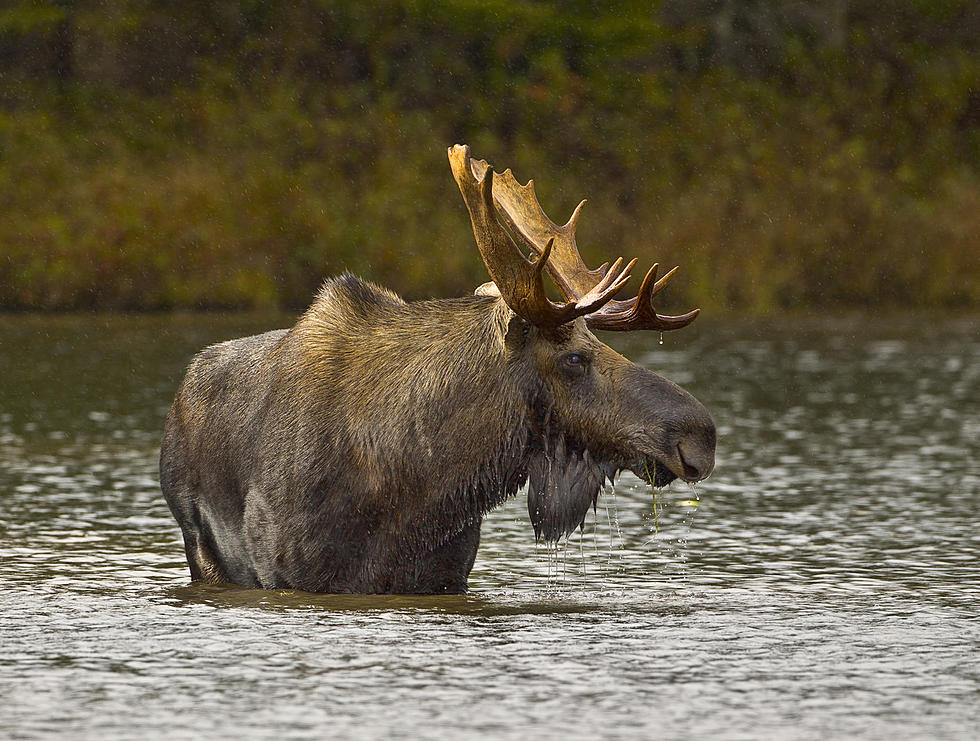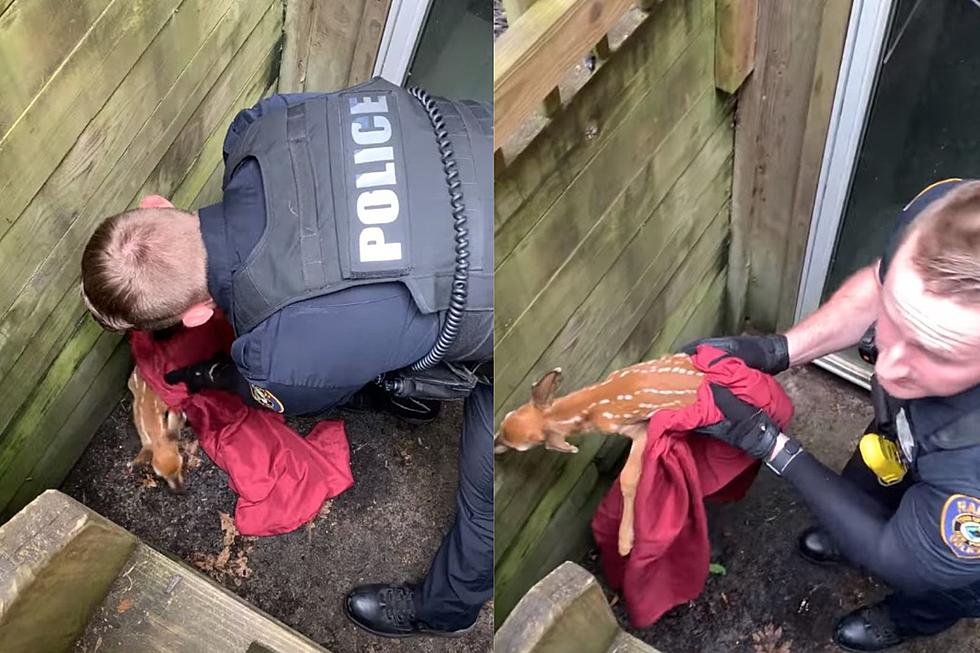
Have You Seen the Mysterious “Spit” on Hudson Valley Plants?
Summer is here and the Hudson Valley is bursting with life. By the look of some plants, it's bursting with something else, too. Do you know who's been spitting all over our plants?
It seems like there's always something new to learn about New York nature. From the four different carnivorous plants that call our state home to the toxic wild ginger that early settlers used as pancake syrup, here's no shortage of surprising fauna. But what about all the spit?
Spittlebugs in New York State
The foamy white substance that looks exactly like saliva can be found on many different plants in New York. That's because the culprit isn't the plant itself, but rather what's eating it. It should come as no surprise (once you know their name) that this "spit" is coming from a spittlebug, but the reason for the foamy substance they create is fascinating.
Why Spittlebugs "Spit"
These small bugs have developed a very cool way of surviving their nymph stage. After hatching, the spittlebug needs to find food while simultaneously staying safe from predators and harsh weather conditions. Here's how their "spit" helps them survive:
After absorbing [liquid from plants] that serves as food, the spittlebug takes the remaining fluid and adds tiny air bubbles to create the saliva-like deposit that engulfs this immature bug. Not only does this mass of fluid help to conceal the nymph, but it also protects it against adverse weather conditions that can develop at this time of year.
After the spittlebug reaches its final mature stage, the brave insect no longer needs the protection of its spit-cocoon, and wanders freely to suck the juices from any nearby plant they can find. While the "spit" may look gross, the good news is that spittlebugs aren't particularly harmful to their host plants, and are described as having "about the same impact as mosquitoes do on humans".
Quiz: Do you know your state insect?
LOOK: 20 of the biggest insects in the world
More From Hudson Valley Post










